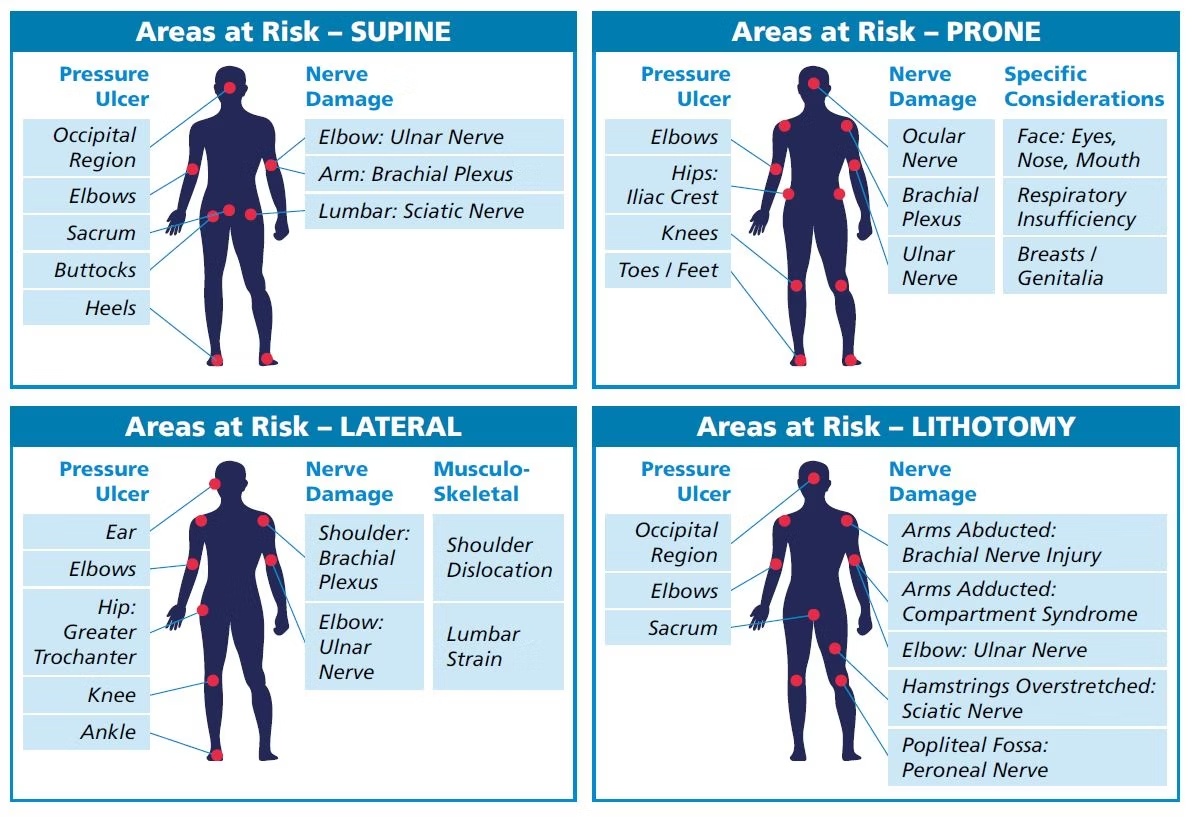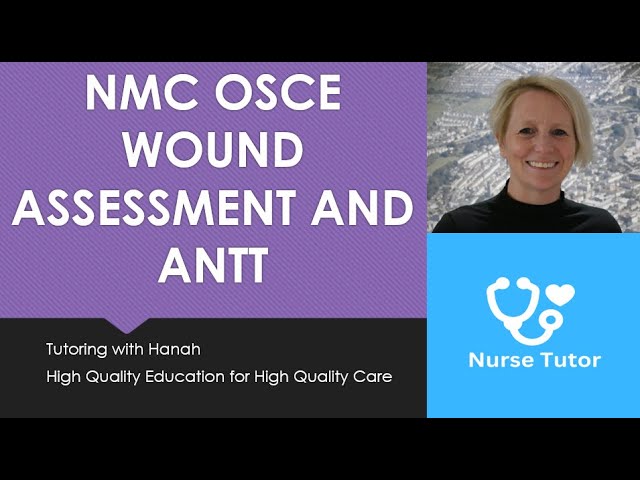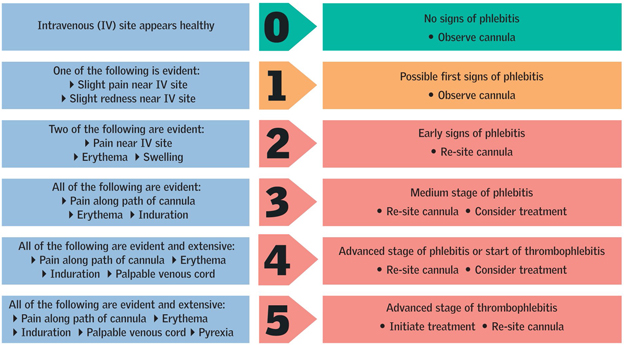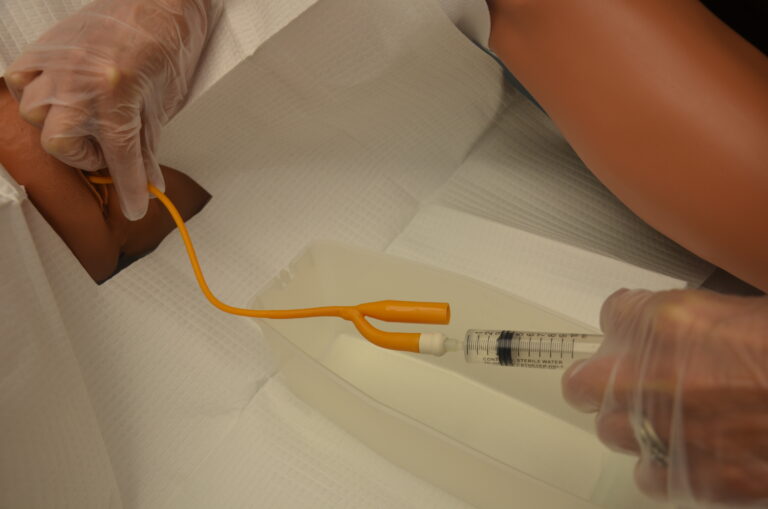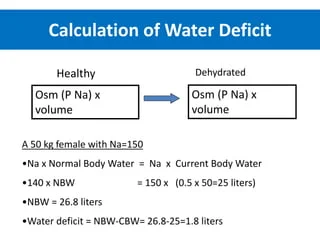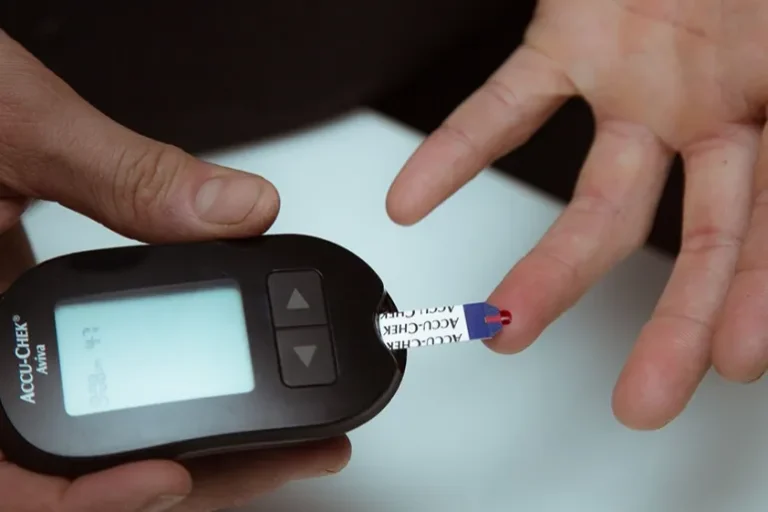Pressure Area Assessment (Braden Scale) Skill in NMC OSCE
Pressure Area Assessment (Braden Scale) Skill in NMC OSCE
 Pressure Area Assessment is a skill added in NMC OSCE from 2021. This is a silent station which means, you don’t need to verbalise anything in this skill station. Time limit is 8 minutes. You will be given a scenario with three questions according to scenario and you will be given a braden scale as well. Your job is to assess the scenario, calculate the braden scale score, identify the most vulnerable areas of pressure rism and signs of pressure ulcer development. In this article we will be providing you information for passing this station of OSCE.
Pressure Area Assessment is a skill added in NMC OSCE from 2021. This is a silent station which means, you don’t need to verbalise anything in this skill station. Time limit is 8 minutes. You will be given a scenario with three questions according to scenario and you will be given a braden scale as well. Your job is to assess the scenario, calculate the braden scale score, identify the most vulnerable areas of pressure rism and signs of pressure ulcer development. In this article we will be providing you information for passing this station of OSCE.
Braden Scale and Pressure Area Assessment Skill for NMC OSCE
Since this is a silent station, you don’t need to say anything. You will be given a scenario and Braden scale for calculating the score. Here are the things you should keep in mind.
1 You need to complete the Braden tool accurately, and correctly calculates the subscores and overall score based on the patient scenario and pressure damage identified.
You need to memorize the next two points
2 Identifies the most vulnerable areas of pressure risk (formal anatomical or plain English terminology accepted):
Vulnerable Areas of Pressure Risk
• Heels
• Sacrum
• Ischial tuberosities (buttocks)
• Elbows
• Temporal region of the skull
• Shoulders
• Femoral trochanters (hips)
• Back of head
• Toes
• Ears
• Spine.
To achieve full marks, the candidate needs to identify a minimum of 8 areas. For partial marks, the candidate needs to identify a minimum of 5 areas.
3 Identifies signs that may indicate pressure ulcer development:
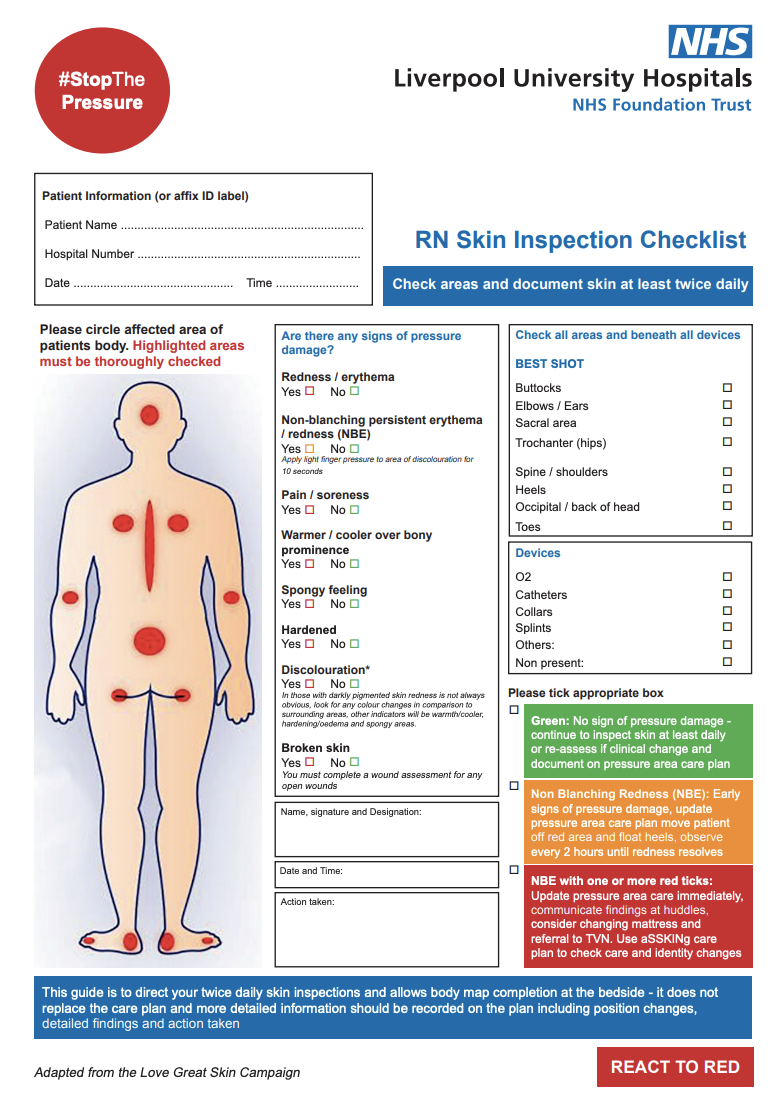
Signs of Pressure Ulcer Development
• Persistent erythema (flushing of the skin)
• Non blanching hyperaemia (discolouration of the skin that does not change when pressed)
• Blisters
• Discoloration
• Localised heat
• Localised oedema
• Localised indurations (abnormal hardening)
• Purplish or bluish localised areas
• Localised coolness if tissue death has occurred.
To achieve full marks the candidate needs to identify a minimum of 7 signs.
For partial marks, the candidate needs to identify a minimum of 4 signs.
4 Documents findings and answers accurately, clearly and legibly.
Braden Scale given – Download Here
Sample Scenario – Download Here
Conclusion
Eventhough this skill station seems to be simple, you can fail in this station if you incorrectly calculates the braden score or if you fail to memorize and write the vulnerable areas/signs of pressure sore development. Make sure that you learn those thoroughly before attempting the skill.
If you liked this article and thinks that this needs to be shared with your friends preparing for OSCE, please do so by clicking any of the sharing buttons below.
